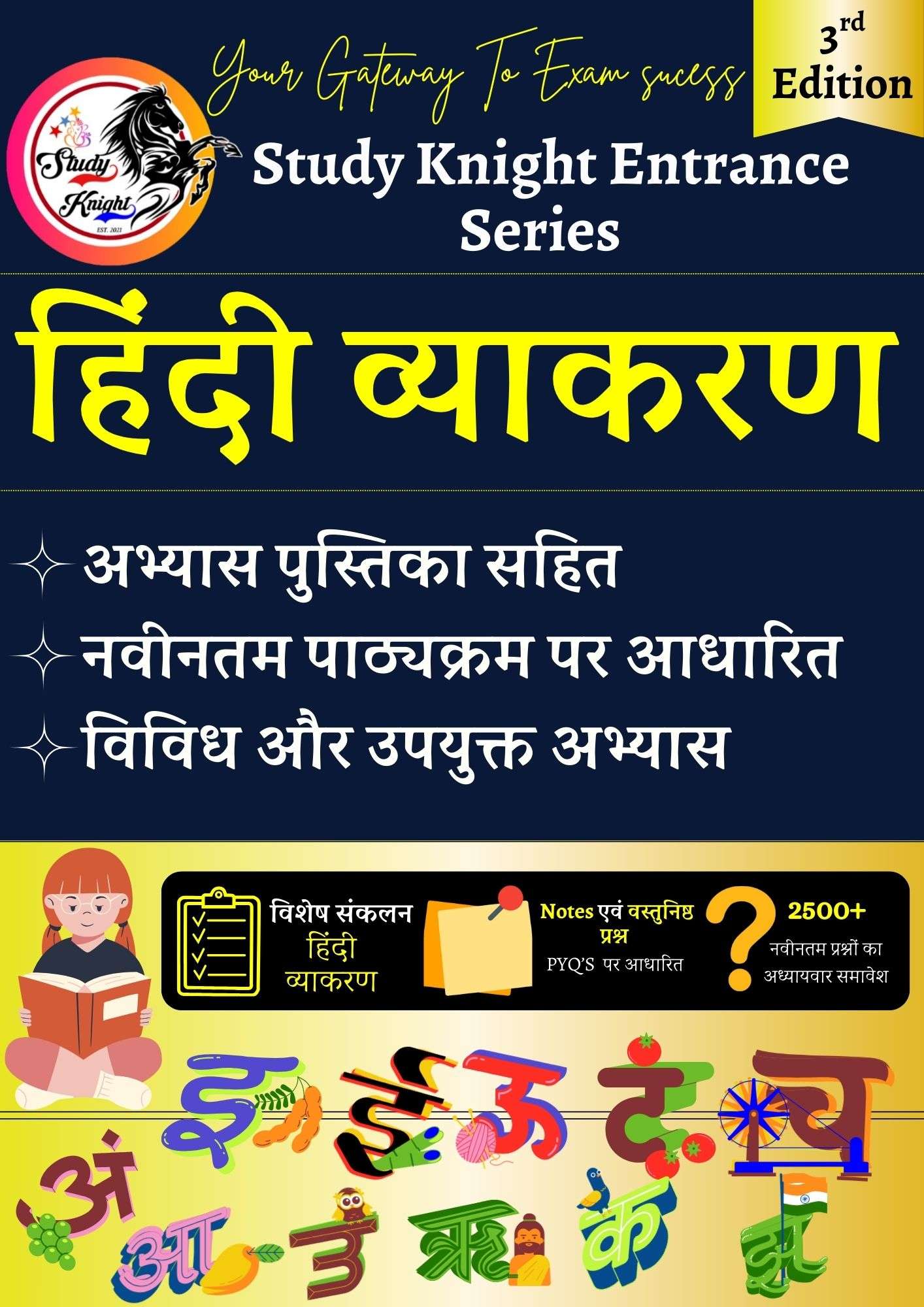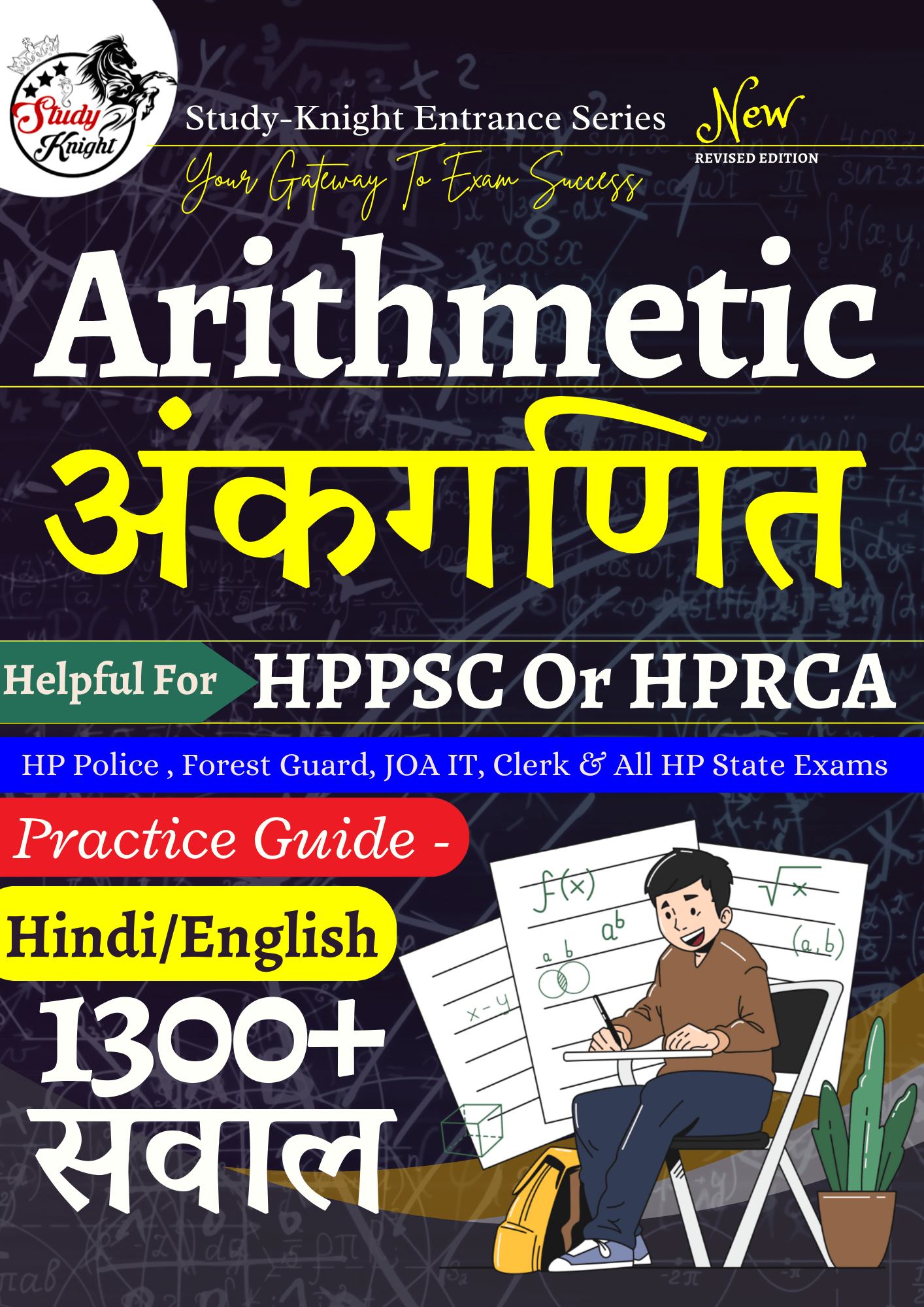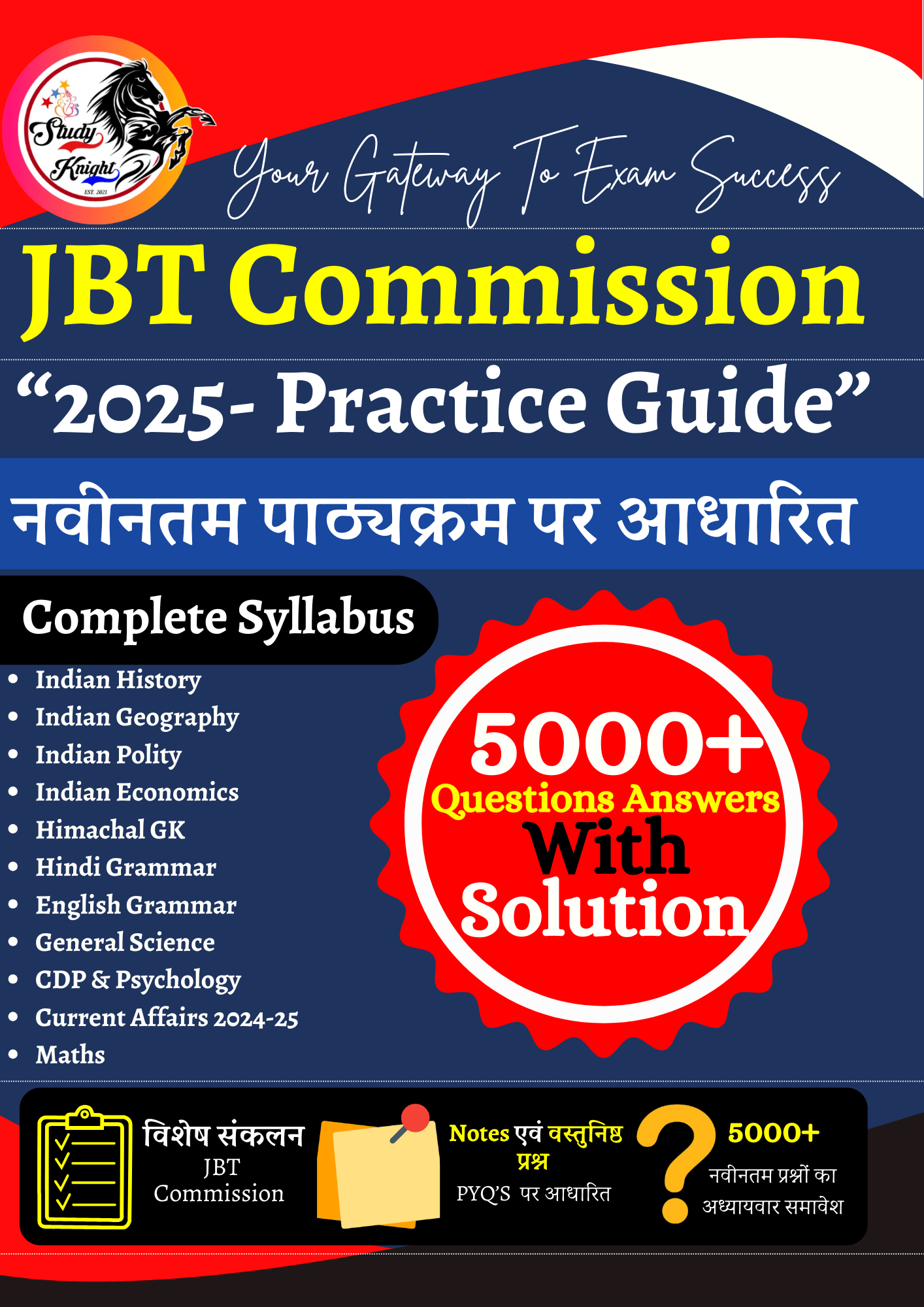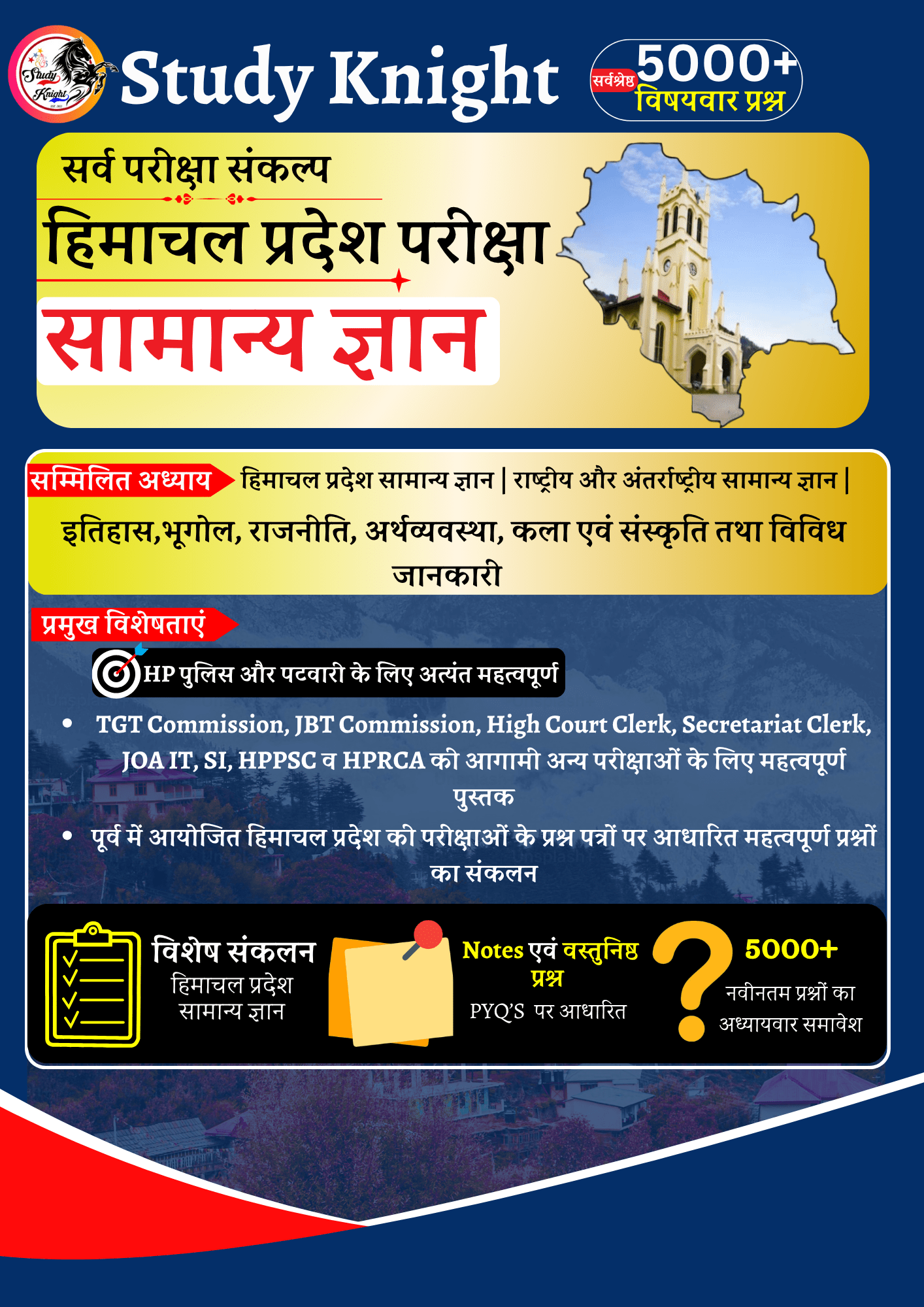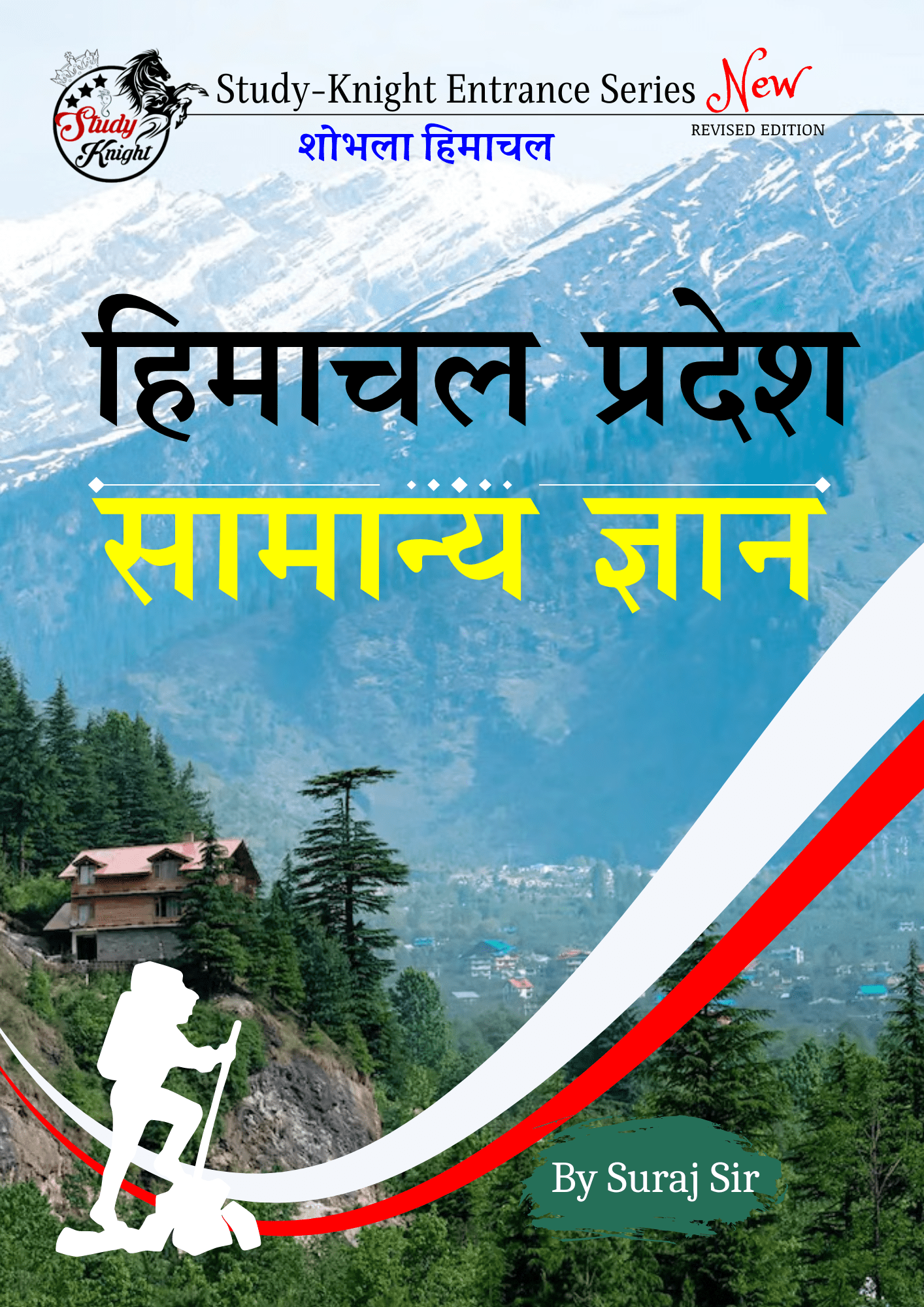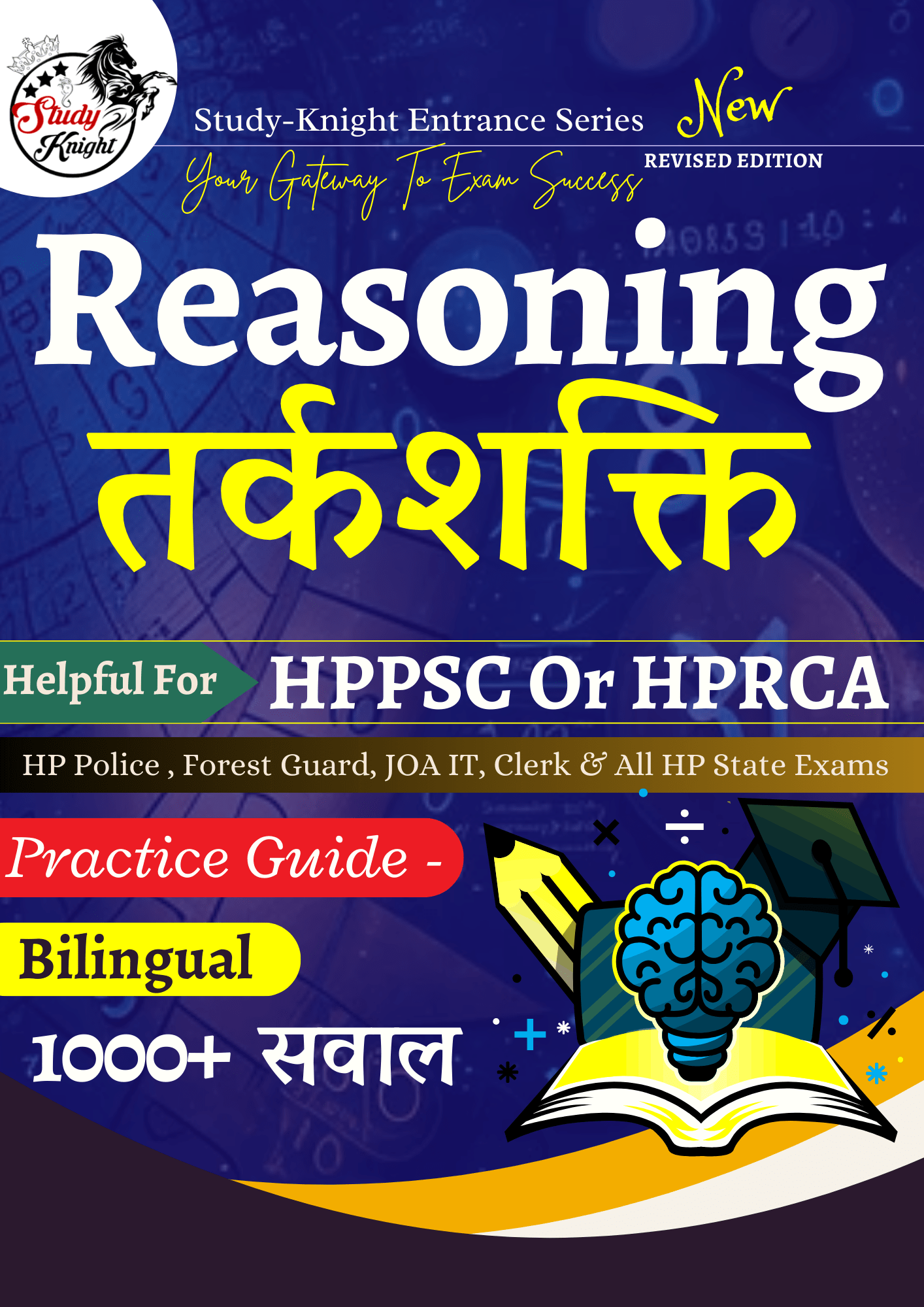भारत का संवैधानिक इतिहास
Q. 1 बी. आर. अंबेडकर और महात्मा गांधी के मध्य सन 1932 में हस्ताक्षरित पूना समझौते में प्रावधान था ? [IAS, 1997] B. R. There was a provision in the Poona Pact signed between Ambedkar and Mahatma Gandhi in 1932 ? |
A). भारत के लिए डोमिनियन स्थिति बनाए जाने का –Dominion status for India
B). मुसलमानों के लिए पृथक निर्वाचन क्षेत्र का-Separate electorate for Muslims
C). निम्न वर्गों के लिए पृथक निर्वाचन क्षेत्र का-Separate constituency for lower classes
D). निम्न वर्गों के लिए आरक्षण सहित संयुक्त निर्वाचन क्षेत्र का-Joint electorate with reservation for lower classes
[expand title=”View Answer”] The Correct Answer is: –
निम्न वर्गों के लिए आरक्षण सहित संयुक्त निर्वाचन क्षेत्र का-Joint electorate with reservation for lower classes |
पूना पैक्ट अथवा पूना समझौता भीमराव आम्बेडकर एवं महात्मा गांधी के मध्य पुणे की यरवदा सेंट्रल जेल में 24 सितम्बर, 1932 को हुआ था। अंग्रेज सरकार ने इस समझौते को सांप्रदायिक अधिनिर्णय (कॉम्युनल एवार्ड) में संशोधन के रूप में अनुमति प्रदान की।समझौते में दलित वर्ग के लिए पृथक निर्वाचक मंडल को त्याग दिया गया लेकिन दलित वर्ग के लिए आरक्षित सीटों की संख्या प्रांतीय विधानमंडलों में 71 से बढ़ाकर 147 और केन्द्रीय विधायिका में कुल सीटों की 18% कर दीं . The Poona Pact or Poona Samjhauta was signed between Bhimrao Ambedkar and Mahatma Gandhi on September 24, 1932 in Yerwada Central Jail, Pune. The British government allowed this agreement as an amendment to the Communal Award. In the agreement, the separate electorate for the Depressed Classes was abandoned, but the number of seats reserved for the Depressed Classes was increased from 71 to 147 in the Provincial Legislatures. And the total seats in the Central Legislature were increased to 18% |
[/expand]
Q. 2 वह कौन-सा अधिनियम था जिसने भारत में सत्ता ब्रिटिश ईस्ट इंडिया कम्पनी से ब्रिटिश क्राउन में स्थानांतरित की थी? Which was the act that transferred power in India from the British East India Company to the British Crown? [SSC 2020] |
A). भारत सरकार अधिनियम, 1833-Government of India Act, 1833
B). भारत सरकार अधिनियम, 1935-Government of India Act, 1833
C). भारत सरकार अधिनियम, 1947-Government of India Act, 1947
D). भारत सरकार अधिनियम, 1858-Government of India Act, 1858
[expand title=”View Answer”] The Correct Answer is: –
भारत सरकार अधिनियम, 1858-Government of India Act, 1858 |
अगस्त 1858 में ब्रिटिश संसद ने एक अधिनियम पारित किया जिसके तहत भारत का शासन ईस्ट इण्डिया कंपनी से छिनकर क्राउन (महारानी) को दे दिया। इस समय विक्त्रोरिया ब्रिटेन की महारानी थी। इस act को भारत सरकार अधिनियम 1858 की संज्ञा दी गई। In August 1858, the British Parliament passed an act under which the rule of India was snatched from the East India Company and given to the Crown (Queen). At this time Victoria was the Queen of Britain. This act was given the noun of the Government of India Act 1858. |
[/expand]
Q. 3 निम्नलिखित में से किस अधिनियम द्वारा भारत के गवर्नर जनरल को अध्यादेश जारी करने की शक्ति प्रदान की गई ? By which of the following Acts, the Governor General of India was given the power to issue ordinances? |
A). चार्टर एक्ट – 1833-Charter Act – 1833
B). भारतीय परिषद् अधिनियम – 1861-Indian Council Act – 1861
C). भारतीय परिषद् अधिनियम – 1892-Indian Council Act – 1892
D). भारतीय परिषद् अधिनियम – 1909/Indian Council Act – 1909
[expand title=”View Answer”] The Correct Answer is: –
भारतीय परिषद् अधिनियम – 1861-Indian Council Act – 1861 |
भारतीय परिषद अधिनियम (1861) भारत के संवैधानिक इतिहास की एक युगांतकारी तथा महत्त्वपूर्ण घटना है। यह मुख्य रूप से दो कारणों से विशेष है। एक तो यह कि इसने गवर्नर-जनरल को अपनी विस्तारित परिषद में भारतीय जनता के प्रतिनिधियों को नामजद करके उन्हें विधायी कार्य से संबद्ध करने का अधिकार प्रदान दिया तथा दूसरा यह कि इसने गवर्नर-जनरल की परिषद की विधायी शक्तियों का विकेन्द्रीकरण कर दिया, जिससे बम्बई और मद्रास की सरकारों को भी विधायी शक्ति प्रदान की गयी। The Indian Councils Act (1861) is a landmark and important event in the constitutional history of India. This is special mainly for two reasons. Firstly, it empowered the Governor-General to nominate representatives of the Indian people in his extended Council and associate them with legislative work and secondly, it decentralized the legislative powers of the Governor-General’s Council, which led to Bombay. And the governments of Madras were also given legislative power. |
[/expand]
Q. 4 यह सिद्धांत कि स्वतंत्र भारत के लिए नए संविधान को तैयार करना मुख्यत: (यद्यपि अकेले नहीं) खुद (स्वयं) भारतीयों की जिम्मेवारी होनी चाहिए, पहली बार निम्नलिखित में से किस एक में स्वीकार किया गया था ? The principle that the drafting of a new constitution for free India should be primarily (though not exclusively) the responsibility of the Indians themselves (themselves) was accepted for the first time in which one of the following ? |
A). भारत सरकार अधिनियम 1935 – Government of India Act 1935
B). लिनलिथगो का अगस्त प्रस्ताव – Linlithgow’s August proposal
C). क्रिप्स प्रस्ताव –Cripps proposal
D). कैबिनेट मिशन- cabinet mission
[expand title=”View Answer”] The Correct Answer is: –
लिनलिथगो का अगस्त प्रस्ताव – Linlithgow’s August proposal |
अगस्त वायसराय लिनलिथगो का प्रस्ताव है। • यह सिद्धांत कि स्वतंत्र भारत के लिए एक नए संविधान का निर्माण मुख्य रूप से होना चाहिए (हालांकि पूरी तरह से नहीं) भारतीयों की जिम्मेदारी होनी चाहिए, यह पहली बार वायसराय लिनलिथगो के प्रस्ताव में स्वीकार किया गया था। • यह 8 अगस्त 1940 को बनाया गया था, इसने एक सलाहकार युद्ध परिषद की स्थापना के अलावा वायसराय की कार्यकारी परिषद के विस्तार की भी पेशकश की। हालाँकि, कांग्रेस पार्टी ने प्रस्ताव को अस्वीकार कर दिया क्योंकि इसने प्रभुत्व का दर्जा प्रदान किया। • proposal by August Viceroy Linlithgow. • The principle that the framing of a new constitution for free India should be primarily (though not entirely) the responsibility of Indians was first accepted in Viceroy Linlithgow’s resolution. • It was formed on 8th August 1940, it also offered to |
[/expand]
Q. 5 रेगुलेटिंग एक्ट पारित किया गया ? Regulating Act passed ?- [UPPCS, 1994] |
A). 1773 CE
B). 1771 CE
C). 1785 CE
D). 1793 CE
[expand title=”View Answer”] The Correct Answer is: –
1773 CE |
रेग्युलेटिंग एक्ट का उद्देश्य भारत में ईस्ट इंडिया कम्पनी की गतिविधियों को ब्रिटिश सरकार की निगरानी में लाना था। इसके अतिरिक्त कम्पनी की संचालन समिति में आमूल-चूल परिवर्तन करना तथा कम्पनी के राजनीतिक अस्तित्व को स्वीकार कर उसके व्यापारिक ढाँचे को राजनीतिक कार्यों के संचालन योग्य बनाना भी इसका उद्देश्य था। इस अधिनियम को 1773 ई. में ब्रिटिश संसद ने पास किया तथा 1774 ई. में इसे लागू किया गया। The purpose of the Regulating Act was to bring the activities of the East India Company in India under the supervision of the British Government. Apart from this, its purpose was also to make radical changes in the company’s steering committee and to accept the political existence of the company and to make its business structure capable of operating political works. This act was passed by the British Parliament in 1773 AD and it was implemented in 1774 AD. |
[/expand]
Q. 6 किस अधिनियम द्वारा भारत के गवर्नर जनरल को अपनी समिति के निर्णयों को अस्वीकार करने का अधिकार प्राप्त हुआ? By which Act did the Governor General of India get the right to reject the decisions of his committee? |
A). 1786 का एमेंडमेंट एक्ट- Amendment Act of 1786
B). 1784 का पिट इंडिया एक्ट-Pitt India Act of 1784
C). 1786 का एमेंडमेंट एक्ट- Amendment Act of 1786
D). 1813 का चार्टर एक्ट –Charter Act of 1813
[expand title=”View Answer”] The Correct Answer is: –
1786 का एमेंडमेंट एक्ट- Amendment Act of 1786 |
1786,1793 का (चार्टर एक्ट) अधिनियम पिट ने 1786 का अधिनियम पारित करवाया। जिसका प्रमुख उद्देश्य कार्नवालिस को भारत के गवर्नर जनरल के पद के लिए तैयार करना था। इस अधिनियम के तहत मुख्य सेनापति की शक्तियां भी गवर्नर जनरल में निहित कर दी गयी। Charter Act of 1786, 1793 Pitt got the Act of 1786 passed. Whose main objective was to prepare Cornwallis for the post of Governor General of India. Under this Act the powers of the Commander in Chief were also vested in the Governor General. |
[/expand]
Q. 7 महारानी विक्टोरिया को भारत की साम्राज्ञी नियुक्त किया गया ? Queen Victoria was appointed as the Empress of India ? |
A). 1885 CE
B). 1875 CE
C). 1877 CE
D). 1858 CE
[expand title=”View Answer”] The Correct Answer is: –
1877 CE |
महारानी विक्टोरिया (जन्म: 24 मई 1819 – मृत्यु: 22 जनवरी 1901) 1837 ई. में ग्रेट ब्रिटेन और आयरलैण्ड की महारानी के रूप में सिंहासन पर आरूढ़ हुई थीं। 1877 ई. में उन्हें भारत की सम्राज्ञी घोषित किया गया था। अपने उदार विचारों के कारण ही वह भारतीय जनमानस में प्रसिद्ध हुई थीं। मात्र अठारह वर्ष की उम्र में ही विक्टोरिया राजगद्दी पर आसीन हो गई थीं। भारत का शासन प्रबन्ध 1858 ई. में ईस्ट इण्डिया कम्पनी के हाथ से लेकर ब्रिटिश राजसत्ता को सौंप दिया गया। इसकी जो उदघोषणा, महारानी के नाम से की गई, उससे वह भारतीयों में जनप्रिय हो गईं, क्योंकि ऐसा विश्वास किया जाता था कि उदघोषणाओं में जो उदार विचार व्यक्त किए गए थे, वे उनके निजी और उदार विचारों के प्रतिबिम्ब स्वरूप थे। Queen Victoria (Born: 24 May 1819 – Died: 22 January 1901) ascended the throne in 1837 as Queen of Great Britain and Ireland. In 1877 AD, she was declared the empress of India. It was because of her liberal views that she became famous in the Indian public mind. At the age of just eighteen, Victoria had ascended the throne. The administration of India was handed over to the British Raj in 1858 AD from the hands of the East India Company. Its proclamation, issued in the name of the Queen, made her popular among Indians, as it was believed that the liberal views expressed in the proclamation were a reflection of her personal and liberal views |
[/expand]
Q. 8 साम्राज्ञी विक्टोरिया ने 1858 की घोषणा में भारतीयों को बहुत सी चीजें दिए जाने का आश्वासन दिया था। निम्न आश्वासनों में से कौन सा ब्रिटिश शासन ने पूरा किया था ? Queen Victoria had assured many things to be given to the Indians in the declaration of 1858. Which of the following assurances was fulfilled by the British rule? |
A). रियासतों को हड़पने की नीति समाप्त कर दी जाएगी-The policy of annexation of princely states will be abolished
B). देशी रजवाड़ों की यथा स्थिति बनाए रखी जाएगी-Status quo of princely states will be maintained
C). भारतीय व यूरोपियन सभी प्रजा को समान व्यवहार मिलेगा- All Indian and European subjects will get equal treatment
D). भारतीयों के सामाजिक व धार्मिक विश्वासों में कोई हस्तक्षेप नहीं होगा- There will be no interference in the social and religious beliefs of Indians
[expand title=”View Answer”] The Correct Answer is: –
देशी रजवाड़ों की यथा स्थिति बनाए रखी जाएगी-Status quo of princely states will be maintained |
व्याख्या – रानी विक्टोरिया के दिनांक 1 नवम्बर 1858 की घोषणा के अनुसार यह उद्घोषित किया गया कि इसके बाद भारत का शासन ब्रिटिश राजा के द्वारा व उनके वास्ते सेक्रेटरी आफ स्टेट द्वारा चलाया जाएगा। गवर्नर जनरल को वायसराय की पदवी दी गई, जिसका अर्थ था कि वह राजा का प्रतिनिधि था। According to the declaration of Queen Victoria dated 1st November 1858, it was declared that after this the rule of India would be run by the British King and on his behalf by the Secretary of State. The Governor General was given the title of Viceroy, which meant that he was the representative of the king. |
[/expand]
Q. 9 मिंटो-मार्ले सुधार का उद्देश्य क्या था ? What was the objective of Minto-Marley Reforms? |
A). पृथक निर्वाचन प्रणाली-Separate electoral system
B). भारतीय की भागीदारी बढ़ाना-Increasing participation of Indian
C). युद्ध में सहयोग हेतु तैयार करना-Preparation for cooperation in war
D). पूर्ण स्वतंत्रता देना-Full freedom
[expand title=”View Answer”] The Correct Answer is: –
पृथक निर्वाचन प्रणाली-Separate electoral system |
मार्ले-मिंटो सुधारों का मुख्य उद्देश्य उदारवादियों को दिग्भ्रमित कर राष्ट्रवादियों में फूट डालना तथा सांप्रदायिक निर्वाचन प्रणाली को अपनाकर राष्ट्रीय एकता को विनष्ट करना था । The main objective of the Marley-Minto reforms was to divide the nationalists by misleading the liberals and to destroy the national unity by adopting the communal electoral system. |
[/expand]
Q. 10 मार्ले-मिंटो सुधार बिल किस वर्ष में पारित किया गया ? In which year the Marley-Minto Reform Bill was passed? |
A). 1905 CE
B). 1909 CE
C). 1911 CE
D). 1920 CE
[expand title=”View Answer”] The Correct Answer is: –
1909 CE |
भारत परिषद अधिनियम 1909 (Indian Councils Act 1909) या मार्ले-मिन्टो सुधार भारत परिषद अधिनियम 1909 (Indian Councils Act 1909) को मार्ले-मिन्टो सुधारों के नाम से भी जाना जाता है क्योंकि इस समय मार्ले भारत सचिव एवं लार्ड मिन्टो वायसराय थे। इन्हीं दोनों के नाम पर इसे मार्ले-मिन्टो सुधारों की संज्ञा दी गयी । Indian Councils Act 1909 or Marley-Minto Reforms Indian Councils Act 1909 (Indian Councils Act 1909) is also known as Marley-Minto Reforms because at this time Marley was India Secretary and Lord Minto Viceroy. In the name of these two, it was given the name of Marley-Minto reforms. |
[/expand]


